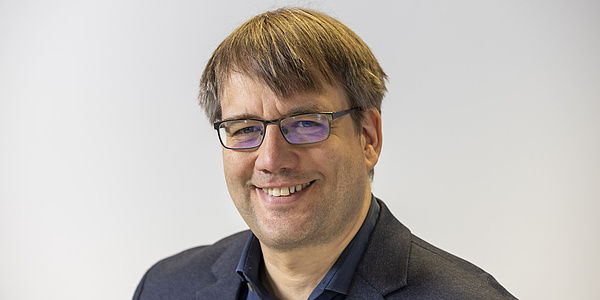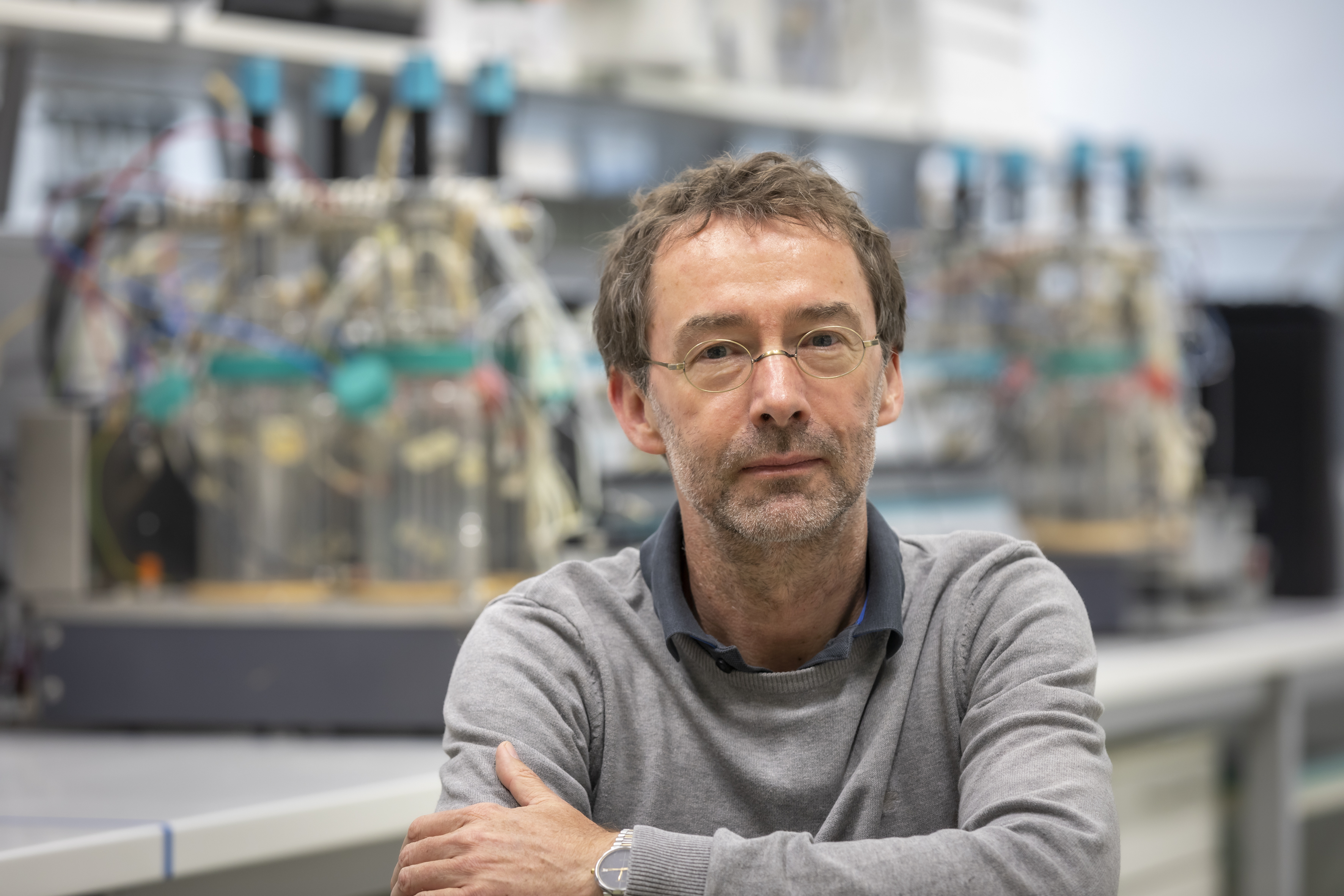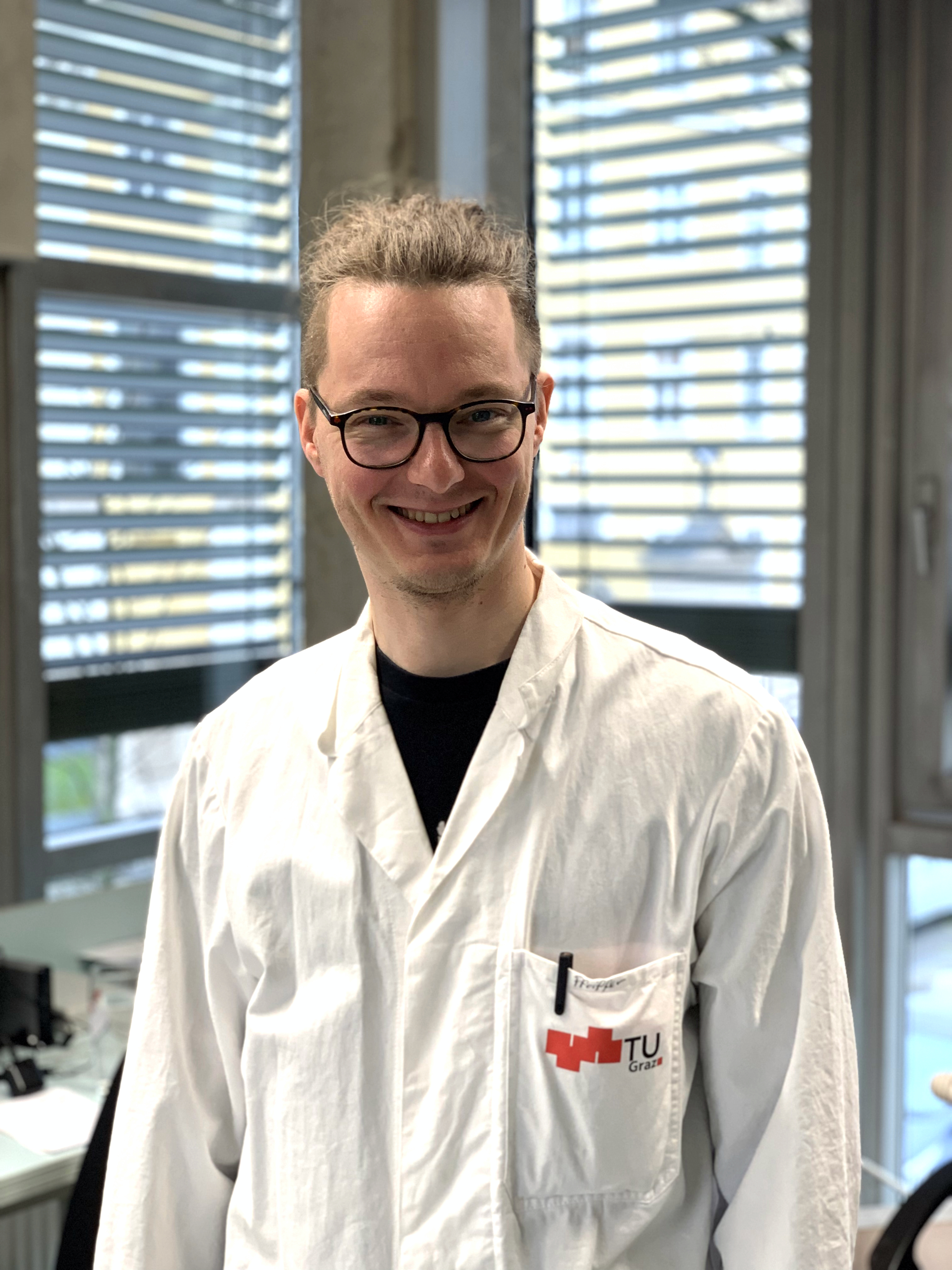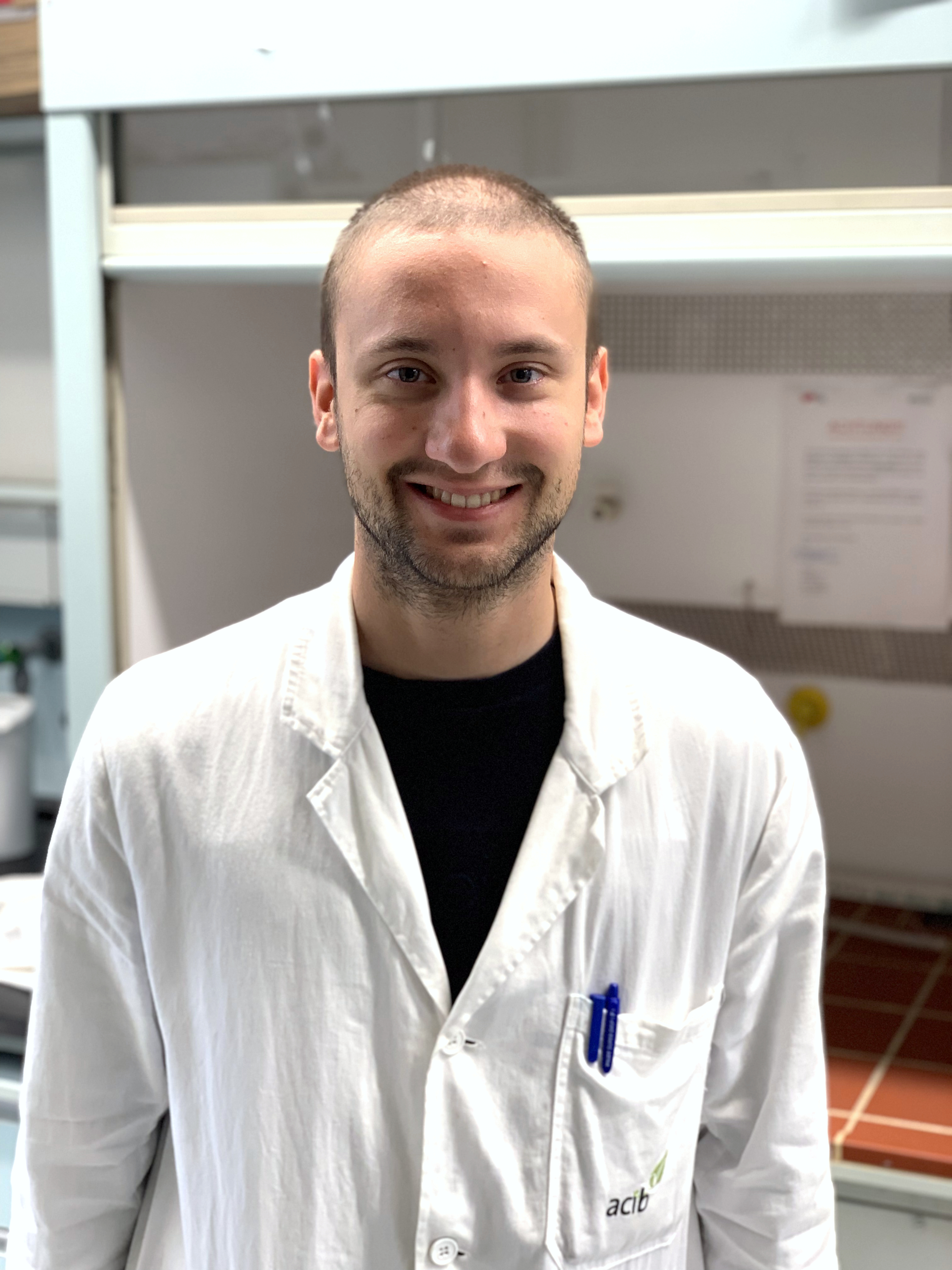TU Graz Researchers Produce Pseudouridine by means of Biocatalytic Synthesis
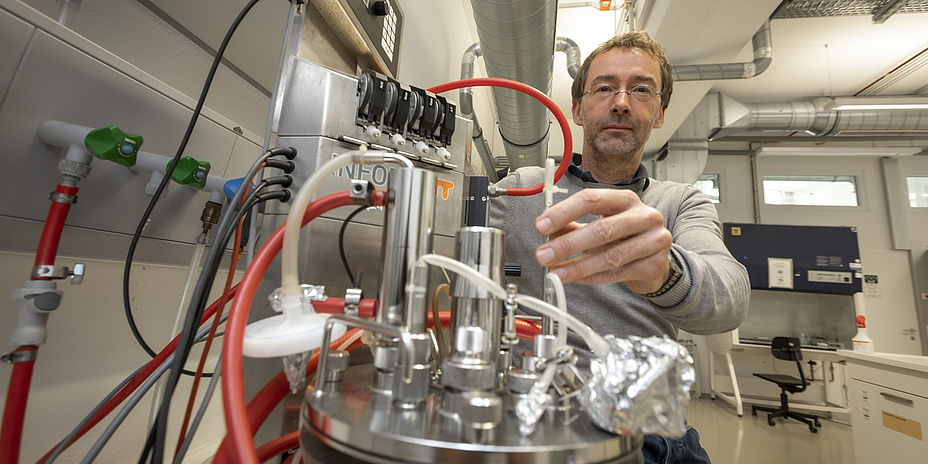
Researchers from the Institute of Biotechnology and Biochemical Engineering at TU Graz and the Austrian Centre of Industrial Biotechnology (acib) have developed a novel method for the production of central components of mRNA vaccines and applied for a patent. In an article published in the prestigous journal Nature Communications, Martin Pfeiffer, Andrej Ribar and Bernd Nidetzky explain how they produced the essential vaccine ingredient pseudouridine by means of biocatalytic synthesis and thus created an alternative to the previous method of chemical synthesis.
One process step is sufficient
This alternative offers some decisive advantages. The chemical syntheses of pseudouridine not only involve toxic reagents and rare raw materials, but are also very energy- and time-consuming due to the necessary four to eight process steps, partly involving cooling to minus 20 degrees. Biocatalysis, on the other hand, requires only one process step, with four parallel reactions performed in an enzymatic cascade transformation at room temperature. The required enzymes can be produced quite easily with E. coli bacteria. In addition, only four enzymes are needed as catalysts (uridine phosphorylase, phosphopentose mutase, pseudouridine monophosphate glycosidase and phosphatase). The biocatalysis enables clean production of pseudouridine because almost no waste accumulates in the transformation; the only waste is phosphate, but this is recycled again during the catalysis process.
Another important advantage is efficiency. Since, in short, the chemical production of pseudouridine converts the naturally occurring uridine, which is less efficient for vaccines, there is no 100 per cent yield during the conversion process. Due to the small number of process steps, biocatalytic synthesis achieves a yield of 92 to 95 per cent, compared to just 40 to 50 per cent for the chemical processes published so far.
Inspiration from nature
The researchers based the development of this new process on one of their earlier studies in which they discovered that the YeiN enzyme is a biocatalyst for the production of C-nucleosides. Since pseudouridine is the C-nucleoside of the RNA building block uridine, they had the idea of taking uridine, which can be produced in large quantities by means of bacterial fermentations, as a raw material and re-establishing the bond between its basic building blocks. The inspiration for this came from nature.
Unlike pseudouridine, uridine has an N-glycosidic bond, which is cleaved into ribose-1-phosphate (sugar) and uracil during natural degradation in cells by means of the enzyme uridine phosphorylase. Then the enzyme phosphopentose mutase comes into play, which converts the ribose-1-phosphate to ribose-5-phosphate. This is followed by the application of the YeiN enzyme, which is used to link the ribose-5-phosphate and the uracil to pseudouridine-5-phosphate. Phosphatase is used to split off the phosphate from the pseudouridine and the goal is reached. Since pseudouridine is much less water-soluble than uridine, it simply crystallises in the course of the reaction and can therefore be easily obtained by filtering the reaction supernatant.
Production soon on a larger scale
“Our work shows that biocatalysis is a potent alternative to the chemical synthesis of C-nucleosides such as pseudouridine,” explains Bernd Nidetzky, head of the Institute of Biotechnology and Biochemical Engineering at TU Graz. “We hope to implement the production on a larger scale soon and thus make pseudouridine available sustainably and cheaply in larger quantities. This could possibly also make the production of mRNA vaccines cheaper in the medium term, as potential partners from industry could implement our application quite promptly.”
Would you like to receive the latest stories, news, research stories, interviews or blog posts from TU Graz directly on your smartphone or in your email inbox? Subscribe to the TU Graz Telegram newsletter for free.
Kontakt
Bernd NIDETZKY
Univ.-Prof. Dipl.-Ing. Dr.techn. Dr.h.c.
TU Graz | Institute of Biotechnology and Biochemical Engineering
Phone: +43 316 873 8400
bernd.nidetzky@tugraz.at
Martin PFEIFFER
Dipl.-Ing. Dr.techn. BSc
TU Graz | Institute of Biotechnology and Biochemical Engineering
Phone: +43 316 8415
martin.pfeiffer@tugraz.at

